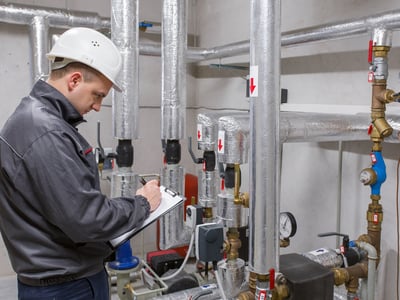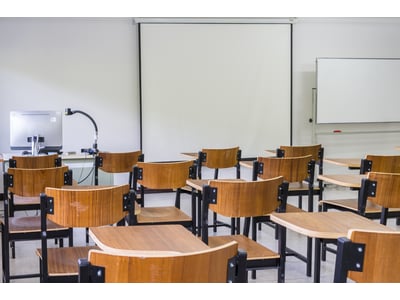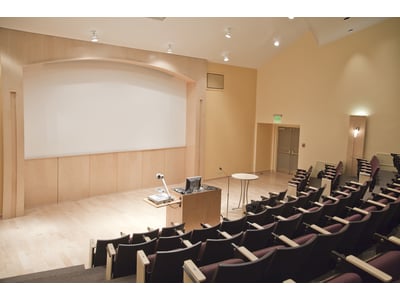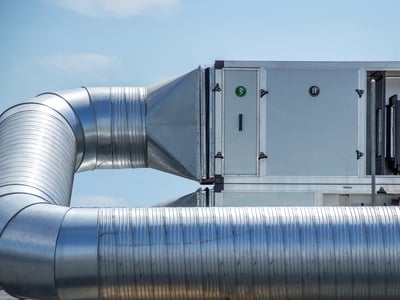Get educated about good indoor air quality in schools and universities. Help students improve their cognitive performance, essential for successful learning, with good IAQ.
Reading, writing, arithmetic – and good indoor air quality. With the proper care and attention, your HVAC system can help you achieve the best conditions for learning and productivity – and have a positive impact on achievement and performance inside these critical institutions.
On any given school day, roughly 51 million people will occupy a school building. Yet many of these buildings are in need of extensive repairs, and report problems related to poor indoor air quality. Without a prompt response to these challenges, poor indoor air quality (IAQ) can result in short- and long-term health problems, expensive repairs and even liability issues.
Schools and other educational facilities present unique problems to designers and HVAC practitioners. Most schools are diverse structures with different environments such as classrooms, laboratories, workshops, gymnasiums, libraries, theatres, cafeterias and photography darkrooms. Physics and biology labs present their own unique challenges to maintaining proper IAQ throughout the facility.
High-level cognitive performance, essential for successful learning, is linked to good IAQ. Another fact is that most educational facilities are in areas of high population density (cities), and the air can be polluted by a wide range of contaminants from both outdoor and indoor sources. The hazards faced by students and teachers range from general IAQ issues to exposure to traffic fumes, exposure to toxic gases in labs and exposure to deadly viruses in research labs.
Camfil offers robust and dedicated particulate filtration, molecular filtration and containment filtration solutions for all air quality issues in educational establishments.

Gas turbine generation provides efficient electricity and process heat to vital institutions in our societies like schools and universities. Camfil's wide selection of air inlet filters are designed to maximise availability, reliability and profitability.

Clean air is closely correlated with student and teacher health, happiness, high attendance rates and academic performance. Eliminate airborne allergens, bacteria and viruses while lowering maintenance and energy costs.

Areas with large groups of people naturally generate particles, airborne viruses, bacteria and allergens. With high-quality air filters you can reduce risks and save on energy and maintenance costs.

Protect people, processes, products and equipment while keeping maintenance and energy costs low by keeping air handling units unclogged.

Commercial kitchens are highly ventilated to remove smoke, grease and stream. Exhaust filtration is used to minimise the risk of duct fires and remove odour nuisance.

Athletes require higher volumes of clean air that is free from dust, lint, chalk, mould and bad odours, all of which are naturally abundant in fitness facilities.